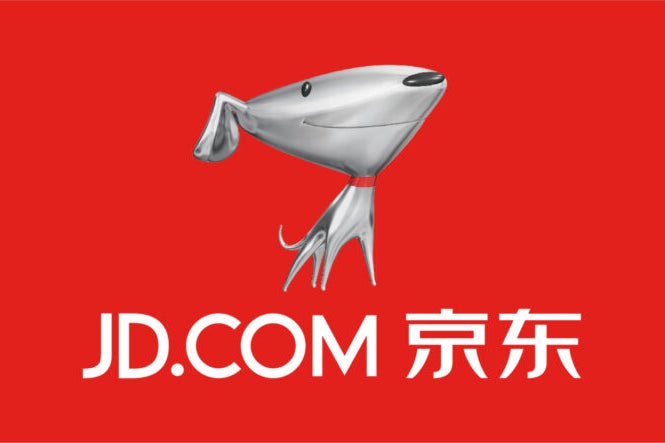JD.com’s Automation Revolution: Transforming Operations with AI and Robotics
In recent years, JD.com, one of China’s leading e-commerce giants, has embarked on an ambitious journey toward automation, integrating artificial intelligence (AI) and robotics into its operational framework. This shift comes at a time when the company is facing scrutiny from investors, particularly regarding the performance of its food delivery service, JD Takeaway. As JD.com embraces these cutting-edge technologies, questions arise: Will AI and robotics reshape its future, or will they create new challenges for the tech giant in a rapidly evolving market?
The Current Landscape of JD.com
Founded in 1998, JD.com has grown exponentially, positioning itself as a formidable competitor to Alibaba in the Chinese e-commerce space. The company’s commitment to innovation has been a driving force behind its success, allowing it to maintain a competitive edge. However, recent developments, particularly the decline in its Hong Kong shares, have raised concerns about the sustainability of its growth strategy.
Investors are particularly worried about JD Takeaway, a food delivery arm that has yet to achieve the same level of success as other sectors of the business. The operational challenges and competition from established players like Meituan have led to a reassessment of JD.com’s overall strategy. As the company pivots towards automation, it raises the question of whether these technological advancements can address the issues plaguing JD Takeaway and bolster the company’s market position.
AI and Robotics: A Game Changer for JD.com
Automation in the form of AI and robotics presents a dual opportunity for JD.com: enhancing operational efficiency and improving customer experience. Here’s how these technologies are set to transform JD’s operations:
- Warehouse Automation: JD.com has invested heavily in automated warehouses equipped with robotic systems that streamline sorting and delivery processes. These smart warehouses can operate 24/7, significantly reducing human error and increasing speed.
- Last-Mile Delivery Solutions: The introduction of autonomous delivery vehicles and drones is revolutionizing how goods reach customers. JD.com has been testing drone deliveries in rural areas, showcasing the potential for rapid, cost-effective logistics.
- Data-Driven Decisions: AI algorithms analyze consumer data to forecast demand, optimize inventory, and personalize shopping experiences. This capability helps JD.com to remain agile in a fast-changing market landscape.
- Smart Supply Chain Management: Implementing AI tools enables JD.com to enhance its supply chain efficiency by predicting disruptions and managing logistics proactively.
Investor Concerns: The Case of JD Takeaway
Despite the promising advancements in automation, JD Takeaway remains a contentious point for investors. The food delivery market in China is fiercely competitive, with companies like Meituan dominating the sector. JD Takeaway’s struggle to carve out a significant market share has raised questions about its long-term viability.
Investors are particularly wary of the financial implications of continued losses in this sector. JD.com’s strategic pivot towards automation could either revitalize JD Takeaway or further complicate its operational challenges. The success of this initiative hinges on JD.com’s ability to effectively integrate AI and robotics into this relatively traditional service.
Potential Benefits of Automation for JD Takeaway
While JD Takeaway faces hurdles, the integration of AI and robotics could provide several benefits:
- Cost Reduction: By automating delivery processes, JD.com can reduce labor costs while increasing delivery efficiency, potentially improving the profitability of JD Takeaway.
- Enhanced Customer Experience: AI can analyze customer preferences, enabling JD Takeaway to offer personalized recommendations and faster service, enhancing overall customer satisfaction.
- Scalability: Automation allows JD Takeaway to scale operations quickly to meet increasing demand without a proportional increase in operational costs.
Market Implications and Future Outlook
The automation revolution at JD.com comes at a critical juncture, not just for the company but for the broader e-commerce and logistics landscape in China. As JD.com continues to adapt and innovate, the implications for the market are significant:
- Increased Competition: As JD.com enhances its operational capabilities through automation, other players in the market may be compelled to follow suit, leading to a more competitive environment.
- Consumer Expectations: The integration of AI and robotics is likely to raise consumer expectations around delivery speed and service quality, setting new standards for the industry.
- Investment in Technology: The shift toward automation may attract more investment into the tech and logistics sectors, spurring further innovation and growth.
JD.com’s embrace of AI and robotics marks a pivotal moment in its operational evolution. While challenges remain, particularly with JD Takeaway, the potential benefits of automation present a promising path forward. As JD.com navigates these changes, its ability to adapt and innovate will be crucial in determining its future in an increasingly competitive market.
The automation revolution is not merely about reducing costs; it’s about redefining how JD.com operates and interacts with its customers. By harnessing the power of AI and robotics, JD.com aims to secure its position as a leader in the e-commerce sector while addressing investor concerns and improving service quality. As the company continues to evolve, all eyes will be on whether this shift will ultimately reshape its destiny in the dynamic world of e-commerce.
See more Business Focus Insider Team

